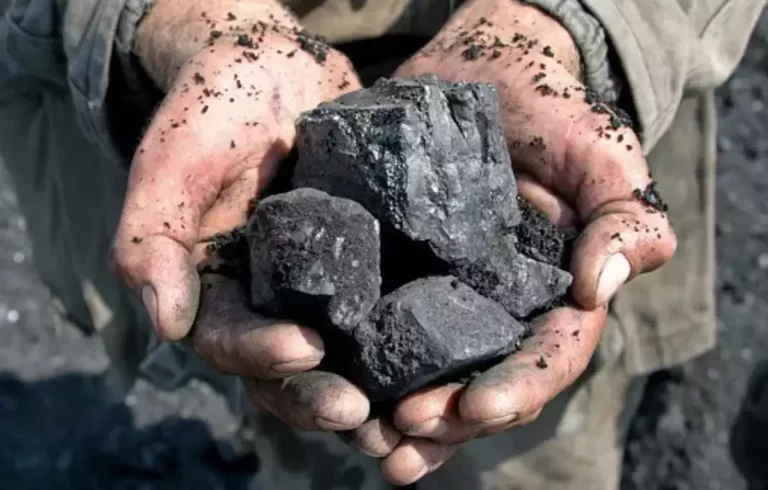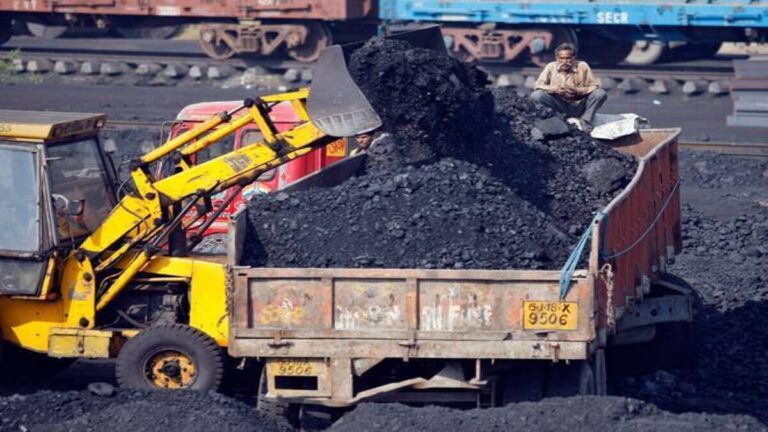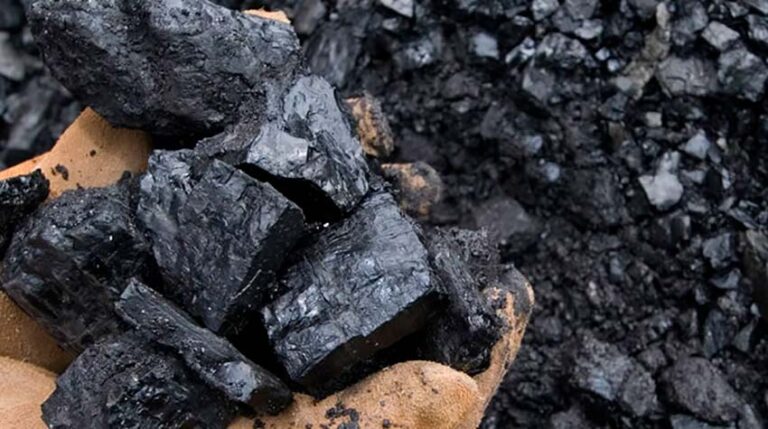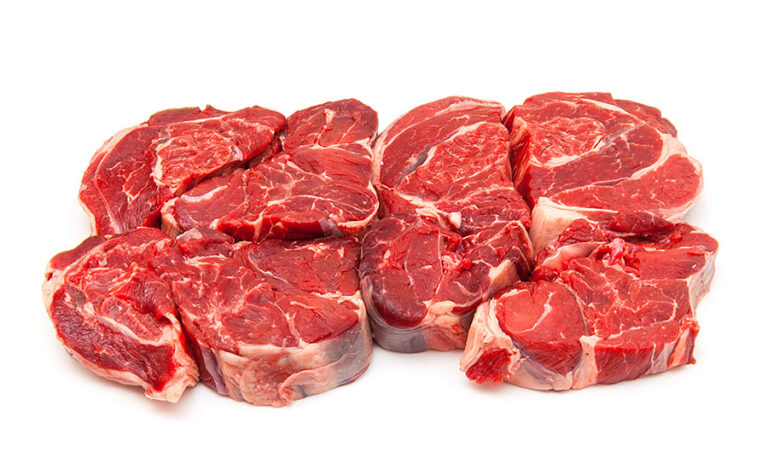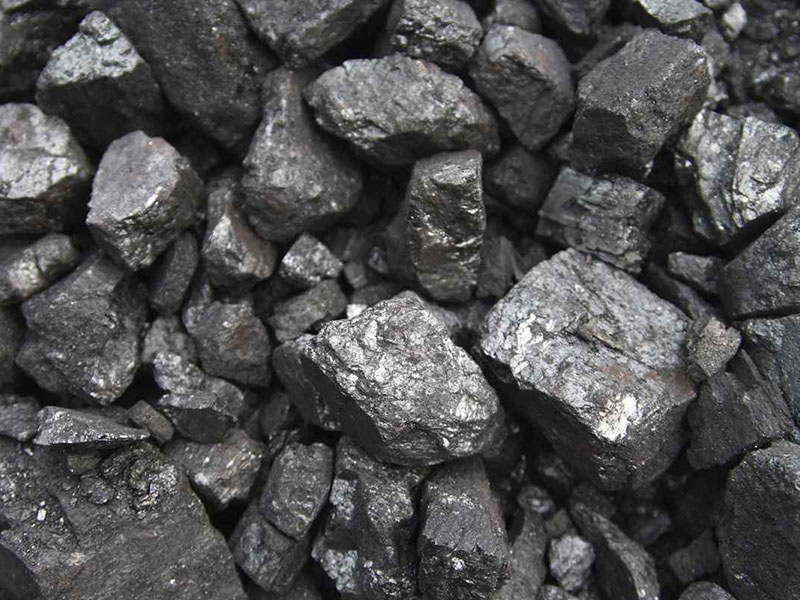
Bituminous and metallurgical coals are not the same thing, but they do share some similarities. The main classification of coals is based on carbon content and the stage of formation. Metallurgical coal is a subset of coals, which includes certain grades of bituminous, primarily used for steel production. To understand the differences between metallurgical and bituminous, it is necessary to examine their applications, properties and roles within industry. It is also important to clarify how and why these terms are often used interchangeably.
1. Understanding Bituminous Coal
It is a medium-grade coal formed under moderate pressure and heat over millions of year. It is used widely for thermal and metallurgical applications due to its high energy density and carbon content, which typically ranges between 48-86%. There are two subcategories of bituminous coal:
- Thermal Bituminous (Steam Coal): This form of bituminous is used to generate electricity in coal-fired plants. It is widely available and abundant in many regions.
- Coking (Metallurgical) Bituminous COAL This is a type of bituminous coke used in the steelmaking process. Only bituminous coke with specific physical and chemical characteristics can be used in the production of steel.
The short answer is that bituminous coals can be either thermal or metallurgical depending on their properties and intended use.
2. Defining Metallurgical coal
This category includes several types of coal. This category contains several coal grades, including low volatile bituminous, medium-volatile, bituminous, and low ash sub-bituminous. To produce high-quality coal, metallurgical coal needs to have certain characteristics.
- High-Carbon Content: Coal used for metallurgical purposes has a high carbon content, usually 60-86%. This allows it to produce coke that is structurally sound enough for blast furnaces.
- Low Volumeatile Matter : The coal should have a low volatile matter level (such as the gases released when heating) as volatiles high can interfere with coke production.
- Low Levels of Impurities For coke production metallurgical coal should have low levels of impurities such as sulfur and phosphorus. These impurities weaken steel and can affect its quality.
- Caking ability Metallurgical coal is required to exhibit a property called “caking” whereby it softens and liquefies before solidifying into a porous, hard structure in the absence oxygen. This caking property is crucial for the formation of strong coke, which can withstand intense heat and pressure in a blast-furnace.
While metallurgical coke is a common form of bituminous, not all bituminous meets the steelmaking requirements. The quality of metallurgical coke is what makes it a subset of bituminous coal.
3. Differentiating between Bituminous Coal & Metallurgical Coal
Chemical composition and properties
Bituminous Coal has a greater range of moisture and carbon levels than metallurgical coal. Metallurgical coal is required to meet strict specifications regarding carbon content and impurities, but thermal bituminous has a wider range and allows for higher levels in moisture and sulfur. The flexibility of bituminous is ideal for power plants where the chemical composition does not need to be as precise.
Caking and Coking Properties
The ability of metallurgical coke to form when exposed to high temperatures and oxygen-free environments is a unique property. Coke is used as a fuel rich in carbon and as a reducing agent for iron ore to be removed from the blast furnace. Bituminous coal that lacks these coking qualities does not produce any coke. It simply combusts. This makes it more suitable for energy production than industrial applications such as steel production.
Energy Density & Usage
Bituminous coal has an energy density ranging from 10,500 BTUs to 15,000 BTUs , depending on its grade. The energy density of metallurgical coal is higher than thermal bituminous because it has less impurities and a higher level of fixed carbon. This high energy density has a crucial role in the steelmaking process, as intense heat is required to convert iron ore into steel.
4. Applications in Industry
Bituminous coal applications
The use of bituminous coal in two major sectors is widespread: electricity generation and industrial applications. The majority of bituminous is used to generate electricity in steam boilers. The steam or thermal bituminous coal used in power plants is widely available, affordable and easy to use.
Metallurgical Coal Applications
Steelmaking Industry is dependent on metallurgical coal. Coke is its primary purpose, and it serves as a fuel in the blast-furnace. Coke produced from metallurgical coke in the blast furnace/basic oxygen furnace process (BF-BOF), accounts for approximately 70% of all global steel production. Coke made from metallurgical coke is indispensable in the traditional steelmaking process. This type of coal is a vital resource for industries that depend on high-quality, strong steel.
5. Differences in Market Demand and Pricing
Due to its specific properties and limited supply, metallurgical coal is usually more expensive than thermal coal. The global demand for metallurgical coke is closely tied to the steel industry, which is driven primarily by infrastructure, manufacturing, and construction needs. In turn, the price of metallurgical coke is influenced by industrial activities, especially in regions that have significant steel production, such as China, India and the United States.
Thermal bituminous coke, on the contrary, is used primarily in power generation. It is affected by seasonal energy demand, regulations, as well as competition from other cleaner energy sources. The demand for thermal coal could decrease as countries move towards renewable energy. This may affect its market value. The demand for metallurgical coke is expected to be strong, as long as the traditional steelmaking process continues to dominate.
6. Environmental Considerations
The environmental impact of both types of coal varies depending on the region and usage.
- Thermal Bituminous Coal Power plants that burn bituminous thermal coal emit high levels of CO2, sulfur oxides and nitrogen dioxides. These emissions contribute to acid rain and air pollution. Thermal coal is being increasingly restricted in many countries due to regulations and advances in clean energy technology.
- Metalurgical Coal The steel industry relies on coke produced from metallurgical char to produce 7-9% global greenhouse gas emission. As low-carbon alternatives to metallurgical coal, innovations such as electric arc furnaces and hydrogen-based reduction are being explored. However, these technologies have not yet been widely adopted. As of now, metallurgical coke remains an important input for steel production despite its negative environmental impact.
Conclusion
Summary: While metallurgical coke is a subset of bituminous, it has specific properties that are necessary for the production of steel. Due to the strict requirements for coke, not all bituminous is deemed metallurgical. The higher sulfur and moisture in thermal bituminous coal prevents it from having the coking properties needed for power generation. The differences between thermal and metallurgical bituminous coking coals highlight their respective roles within industry, and why metallurgical, with its specialized applications, commands a higher price on the coal market. While the steel industry explores alternative methods of producing steel, metallurgical coke remains essential for high-quality steel production. Thermal bituminous coal may lose its appeal as cleaner energy sources become more popular.
